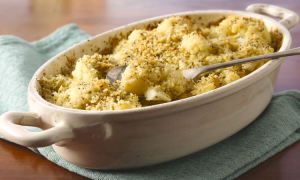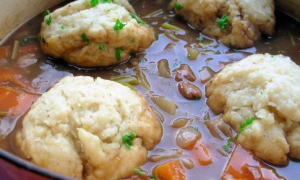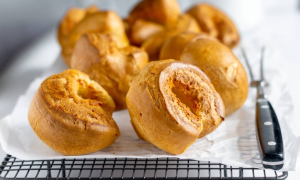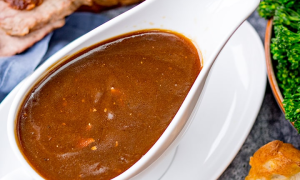DIY Black Food Coloring, A Fun And Safe Way To Color Your Food: Black food coloring can be used to create a variety of fun and festive treats, from black velvet cake to Halloween-themed cupcakes. While it’s easy to buy black food coloring at the store, it’s also possible to make your own at home using natural ingredients.

DIY Black Food Coloring, A Fun And Safe Way To Color Your Food
Black food coloring can be used to create a variety of fun and festive treats, from black velvet cake to Halloween-themed cupcakes. While it’s easy to buy black food coloring at the store, it’s also possible to make your own at home using natural ingredients.
There are several different ways to make black food coloring naturally. One popular method is to use activated charcoal. Activated charcoal is a fine powder made from coconut shells or bamboo. It has a deep black color and is completely safe to eat.
Why Make Your Own Black Food Coloring?
There are several reasons why you might want to make your own black food coloring:
- To avoid artificial dyes. Artificial dyes have been linked to a number of potential health concerns, including hyperactivity in children, allergies, and cancer. Making your own black food coloring from natural ingredients is a great way to avoid these risks.
- To get a darker color. Black food coloring from the store can be hit or miss when it comes to getting a deep, dark black color. Making your own black food coloring from natural ingredients like activated charcoal, black cocoa powder, or black sesame seeds is a great way to get the darkest black color possible.
- To have more control over the ingredients. When you make your own black food coloring, you know exactly what goes into it. This is especially important if you have allergies or food sensitivities.
- To save money. Black food coloring from the store can be expensive. Making your own black food coloring from natural ingredients is a much more affordable option.
Here are some additional benefits of making your own black food coloring:
- It’s fun and creative. There’s something satisfying about making your own food coloring. It’s a great way to experiment with different ingredients and techniques.
- It’s educational. Making your own black food coloring is a great way to learn about the different ways that food can be colored naturally.
- It’s sustainable. By making your own black food coloring, you can reduce your reliance on store-bought food products, which often come in plastic packaging.
Natural Black Food Coloring Recipes
Recipe 1: Activated Charcoal Black Food Coloring
Ingredients:
- 1 tablespoon activated charcoal powder
- 1 tablespoon water
Instructions:
- In a small bowl, whisk together the activated charcoal powder and water until a smooth paste forms.
- Add the paste to the food you want to color and mix until well combined.
Recipe 2: Black Cocoa Powder Black Food Coloring
Ingredients:
- 1 tablespoon black cocoa powder
- 1 tablespoon water
Instructions:
- In a small bowl, whisk together the black cocoa powder and water until a smooth paste forms.
- Add the paste to the food you want to color and mix until well combined.
Recipe 3: Black Sesame Seed Black Food Coloring
Ingredients:
- 1 tablespoon black sesame seeds
- 1 tablespoon water
Instructions:
- In a food processor or blender, grind the black sesame seeds into a fine powder.
- In a small bowl, whisk together the black sesame seed powder and water until a smooth paste forms.
- Add the paste to the food you want to color and mix until well combined.
How to Use Black Food Coloring
Black food coloring can be used to color a variety of foods, including:
- Batter: Add black food coloring to batter to make black cakes, cupcakes, and cookies.
- Icing and frosting: Add black food coloring to icing and frosting to make black velvet cake, Halloween cupcakes, and other spooky treats.
- Drinks and cocktails: Add black food coloring to drinks and cocktails to make black martinis, black sangria, and other festive beverages.
- Other foods: Black food coloring can also be used to color other foods, such as rice, pasta, and vegetables.
Tips and Tricks
- To get the darkest black color, start by adding a small amount of food coloring to your food and mix well. You can always add more food coloring if needed.
- Be careful not to overcolor your food, as this can make it taste bitter.
- Black food coloring can stain your clothes and skin. Be sure to wear gloves when using it, and wash your hands thoroughly afterwards.
- Black food coloring can be stored in an airtight container in the refrigerator for up to 6 months.
Conclusion: Using natural black food coloring is a fun and safe way to add color to your food. It’s also a great way to avoid artificial dyes. With these simple recipes, you can easily make your own black foo.






